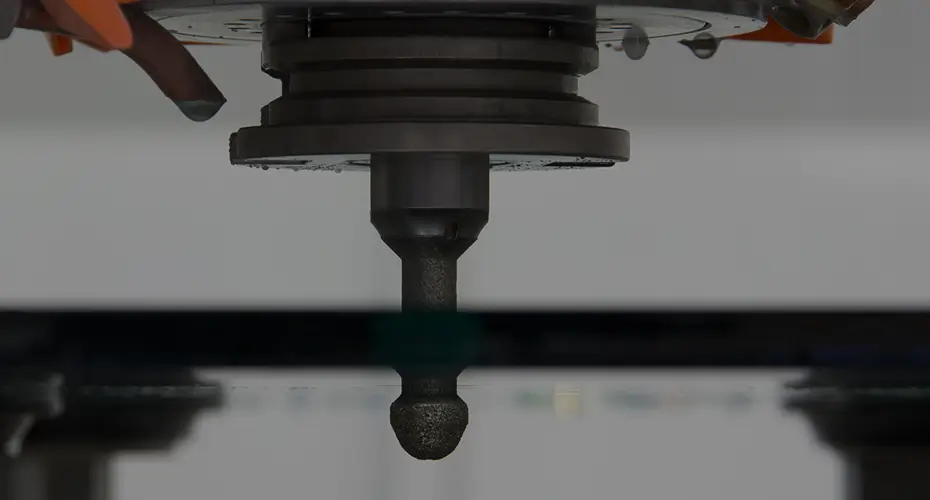10 月 . 21, 2024 13:25 Back to list
Innovative Design with Semi-Transparent Glass Sections for Modern Architecture
Translucent Glass Panels A Blend of Aesthetics and Functionality
In the realm of modern architecture and design, translucent glass panels have emerged as an innovative medium, striking a delicate balance between aesthetics and functionality. These panels, which allow light to filter through while maintaining a degree of privacy, have transformed spaces ranging from residential homes to commercial buildings. Their ability to enrich the environment with natural light while minimizing harsh glare has made them a popular choice among architects and designers.
The Science Behind Translucent Glass
Translucent glass is crafted through various methods, most commonly using frosted, etched, or laminated glass techniques. Frosted glass, created by sandblasting or acid etching, scatters light to create a diffused effect that is visually appealing and functional. Laminated glass, on the other hand, consists of layers that can be tinted or textured, providing additional customization options. The result is a durable product that not only meets design expectations but also serves practical purposes, such as sound insulation and protection against UV rays.
Benefits of Using Translucent Glass Panels
One of the primary benefits of translucent glass panels is their ability to enhance natural light within spaces
. In commercial settings, for example, offices adorned with these panels can significantly reduce the need for artificial lighting during the day, contributing to energy conservation. Furthermore, the diffusion of light creates an inviting atmosphere that can enhance employee productivity and overall well-being.In residential settings, translucent glass can be particularly effective in spaces where privacy is a concern. For example, bathrooms and bedrooms benefit from the strategic placement of translucent panels that allow natural light to stream in while obscuring visibility from the outside. This ensures that intimate spaces remain private without sacrificing the benefits of daylight.
Moreover, translucent glass can play a vital role in architectural design by adding texture and visual interest to a building's facade. Whether used in exterior cladding or interior partitions, these panels can create striking visual effects, transforming ordinary structures into extraordinary landmarks. The interplay of light, shadow, and color creates dynamic environments that captivate the eye and engage the senses.
translucent glass panels

Design Versatility and Applications
The versatility of translucent glass panels allows them to blend seamlessly with various architectural styles. From sleek, contemporary homes to traditional designs, these panels can be integrated into a wide range of applications. In modern offices, translucent glass meeting rooms promote collaboration while maintaining confidentiality. In retail spaces, they serve as attractive display areas that draw customers in without creating a hard boundary.
In terms of sustainability, translucent glass can contribute to environmentally friendly design. By maximizing daylight while minimizing solar heat gain, buildings can maintain comfort levels without excessive reliance on heating and cooling systems. This can lead to significant savings on energy costs and a reduced carbon footprint, aligning with the growing emphasis on sustainable architecture.
Challenges and Considerations
Despite their myriad advantages, there are challenges associated with using translucent glass panels. One significant consideration is the potential for solar heat gain, as even diffused light can contribute to increased temperatures within a space. Designers must carefully plan the orientation and placement of panels to mitigate overheating, often incorporating shading solutions or low-emissivity coatings to enhance performance.
Additionally, while translucent panels offer a degree of privacy, they are not completely opaque, and this can be a concern in specific settings. For instance, environments such as medical facilities may require stricter privacy standards, necessitating a thoughtful approach to the use of translucent glass.
Conclusion
Translucent glass panels represent a harmonious blend of beauty and utility, offering exceptional design possibilities while enhancing the functionality of spaces. As architects continue to explore innovative materials, the role of translucent glass is likely to expand, making it an integral part of future architectural trends. From creating luminous interiors to cultivating outdoor connections, these panels are more than just a design choice; they are a testament to the adaptability and creativity of modern design. The vision of light-filled, open spaces is no longer a distant dream but a reality made possible through the elegant use of translucent glass.
-
Wired Glass: A Strong and Secure Glass Solution for Various Applications
NewsNov.04,2024
-
Tinted Glass: A Stylish and Functional Choice for Modern Homes
NewsNov.04,2024
-
The Elegance and Versatility of Silver Mirrors
NewsNov.04,2024
-
The Advantages of Copper Free Mirrors
NewsNov.04,2024
-
Tempered Glass: A Reliable Choice for Modern Applications
NewsNov.04,2024
-
Pattern Glass: Stylish and Functional Glass for Modern Design
NewsNov.04,2024
Related PRODUCTS














